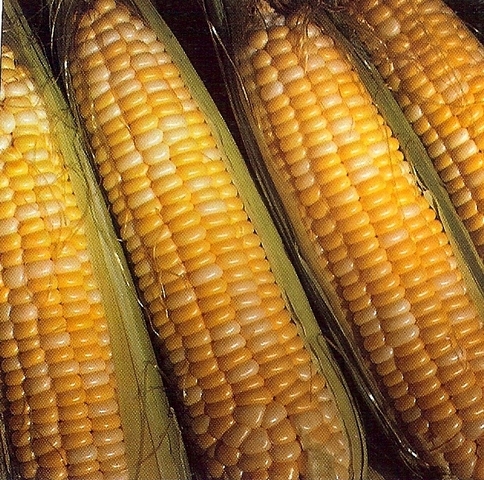With night temperatures dipping down into the 30’s, you may be thinking your tomato vines are done for the season. But what about all those green tomatoes just hanging there? Don’t let these underage beauties go to waste. There are lots of ways to use them. Opportunity is hanging on the vine, ready to be picked.
When fall frost approaches,you can pick unripe, mature green tomatoes to ripen indoors. A mature green tomato has a glossy, whitish green fruit color and mature size. Taste one by taking a 1/4" slice of a medium-size tomato and sample it. Your taste buds will register a firm, fresh fruit with an immature tomato flavor and a hint of sweetness similar to a zucchini. Select fruits 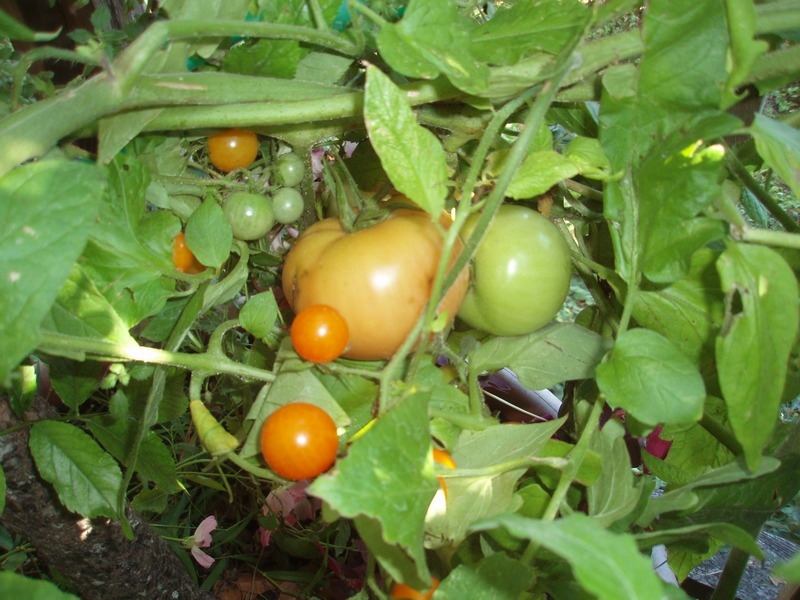 only from strong healthy vines, and pick only those fruits free of disease, insect or mechanical damage. Remove stems to prevent them from puncturing each other and if dirty, gently wash and allow the fruit to air dry.
only from strong healthy vines, and pick only those fruits free of disease, insect or mechanical damage. Remove stems to prevent them from puncturing each other and if dirty, gently wash and allow the fruit to air dry.
Store your tomatoes in boxes, 1 to 2 layers deep, or in plastic bags with a few holes for air circulation.
If you have a cool, moderately humid room, simply place them on a shelf but out of direct sunlight. They may be stored in the dark also.
As tomatoes ripen, they naturally release ethylene gas, which stimulates ripening. To slow ripening, sort out ripened fruits from the green tomatoes each week. To speed up ripening, place green or partially ripe fruits in a bag or box with a ripe tomato. Green, mature tomatoes stored at 65-70 degrees, will ripen in about 2 weeks. Cooler temperatures slow the ripening process. At 55 degrees, they will ripen in 3-4 weeks. Storage temperatures below 50 degrees will slow ripening, but results in inferior quality.
If tomatoes are stored where the humidity is too high the fruit molds and rots. If humidity is too low, the fruit shrivel and dries out. Since homes vary in humidity levels, you will need to learn by trial and error what works best.
Tomatoes ripened indoors are not as flavorful as vine ripened fruits. However, compared to store bought, you will be delighted with your own home ripened tomatoes.
If you have peppers still green on the vine, they can be ripened in the same way as tomatoes.
Another way to take advantage of your late tomatoes is to use them green to make a culinary delight in the kitchen. Again your green tomato must be of mature size. Avoid the small ones. They will have a bitter taste and can ruin your recipe. Core a green tomato before use. Unripe tomatoes often have a woodier stem and a unique core piece. This hard, white core section is not always continuous with the stem, so you have to look for it. It’s small, about the size of a pea and sits in the tomato somewhere within the top inch of where the stem attaches. You can see and feel a hard white piece that’s different from the test of the fruit if you slice a tomato in half.
We’ve all heard of fried green tomatoes made by coating tomato slices with seasoned flour, then an egg mixture and finally with panko bread crumbs. Be sure to lightly press the slices between paper towels to remove excess moisture before coating. Then fry the coated slices in about 2" of oil, turning once. Drain on paper towels and sprinkle with kosher salt. They’re especially tasty if you brown a little crushed garlic in the oil first and then remove it.
Another way to use them is to . Golden-brown, carmelized green tomatoes produce a deep, rich flavor that is perfect with sauteed nectarines, peaches and apricots. Even when baked, they hold their supple but firm texture and develop a delicate sweetness similar to an apple.
Extend your harvest and don’t let anything in the garden go to waste.
 ur house like houseplants. It’s similar to sprouting alfalfa, cress, sunflower and buckwheat seeds in a jar and eating them before the second set of leaves emerge. Micro greens, however, can be grown in soil, sprinkled on sponges or fine textured fabric. Because they won’t be around long enough to flower or fruit, they don’t need much light. . It takes about 30 days for micro greens to set their first leaves and be ready to harvest. When the first leaves appear they are at the peak of their nutritional concentration.
ur house like houseplants. It’s similar to sprouting alfalfa, cress, sunflower and buckwheat seeds in a jar and eating them before the second set of leaves emerge. Micro greens, however, can be grown in soil, sprinkled on sponges or fine textured fabric. Because they won’t be around long enough to flower or fruit, they don’t need much light. . It takes about 30 days for micro greens to set their first leaves and be ready to harvest. When the first leaves appear they are at the peak of their nutritional concentration.
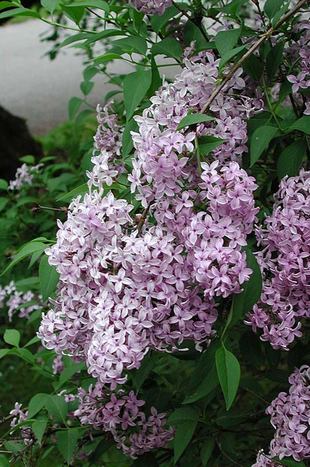
 g you enjoy.
g you enjoy.  only from strong healthy vines, and pick only those fruits free of disease, insect or mechanical damage. Remove stems to prevent them from puncturing each other and if dirty, gently wash and allow the fruit to air dry.
only from strong healthy vines, and pick only those fruits free of disease, insect or mechanical damage. Remove stems to prevent them from puncturing each other and if dirty, gently wash and allow the fruit to air dry. 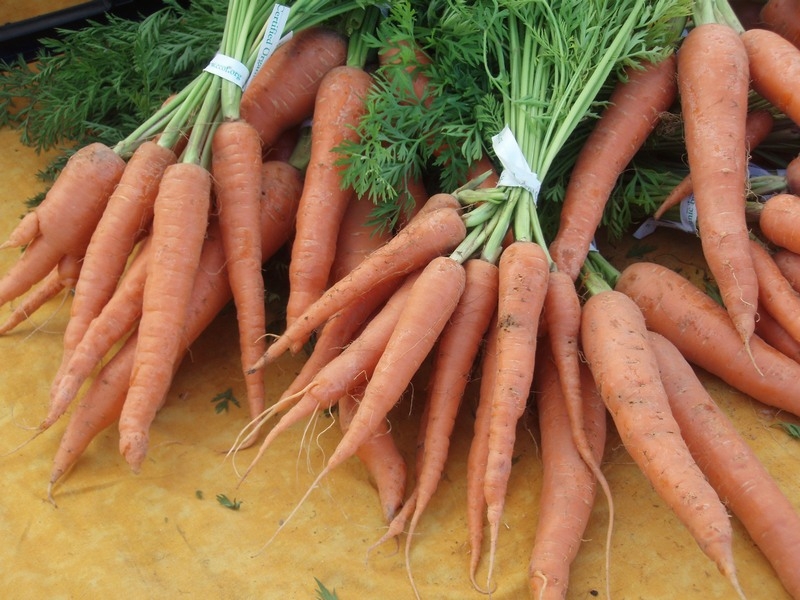 Little Finger is unmatched for snacks, pickling or steaming. It grows to just 3-4" long and is ideal for container gardening. too.
Little Finger is unmatched for snacks, pickling or steaming. It grows to just 3-4" long and is ideal for container gardening. too. 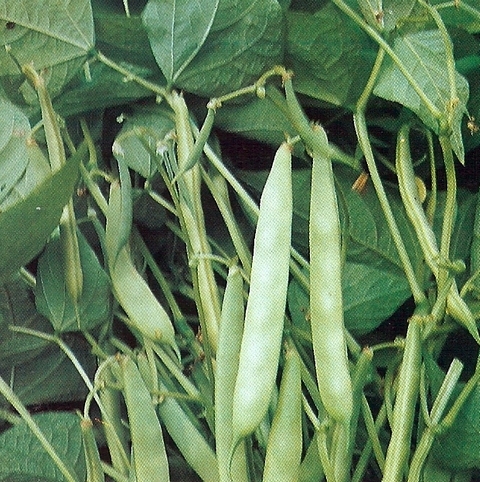 time, then side dress when the plants are 8" tall and again when they are 18" tall. Corn needs abundant water throughout the season but especially from tasselling to picking time. Lastly, plants need deep healthy roots that develop in soils rich in organic matter, Heavy, poorly drained soils will produce dismal crops.
time, then side dress when the plants are 8" tall and again when they are 18" tall. Corn needs abundant water throughout the season but especially from tasselling to picking time. Lastly, plants need deep healthy roots that develop in soils rich in organic matter, Heavy, poorly drained soils will produce dismal crops.